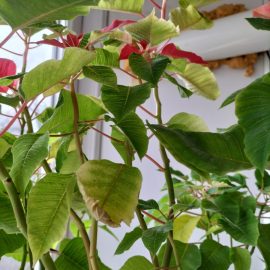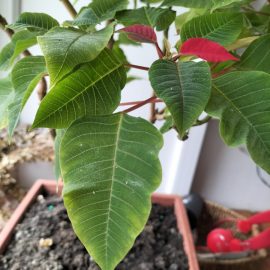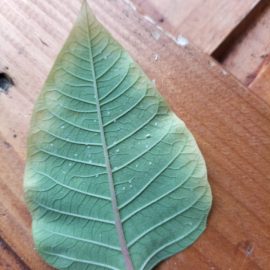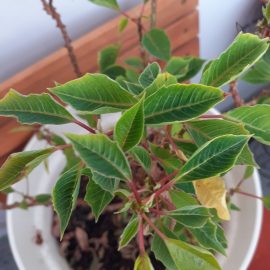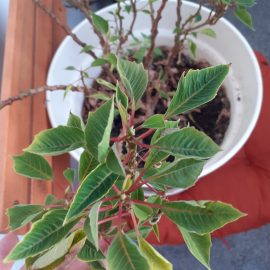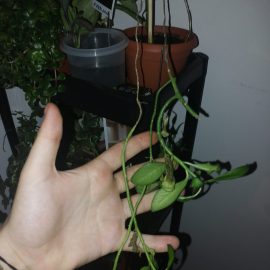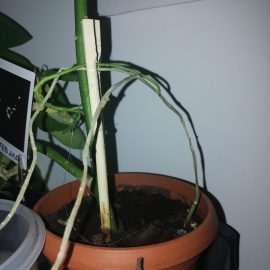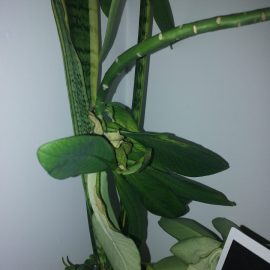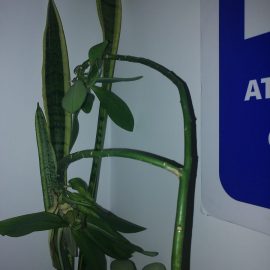Euphorbia, plant care and growing guide
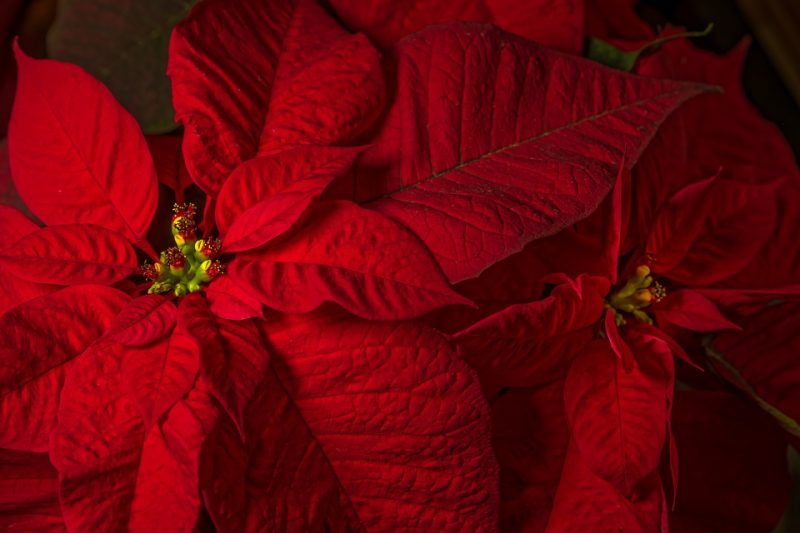
Euphorbia pulcherrima (synonym Poinsettia pulcherrima ) is the most spectacular species in the genus Euphorbia. It comes from Mexico and Central America and it is a plant widely marketed during the winter holidays. It is popularly called “Christmas Eve flower” or “Christmas star” and it is a symbol of this holiday in some countries.
The decorative features of the plant are the modified leaves, called bracts, which become colorful, giving the plant a very pleasant appearance. From a botanical point of view, euphoria’s flowers are small and yellow, located in the middle of the colored bracts, less significant from a decorative point of view. The bracts can have various colors, such as red, white, pink, cream, or a mixture of two colors. In its original habitat, Poinsettia can grow up to 4 meters in height.
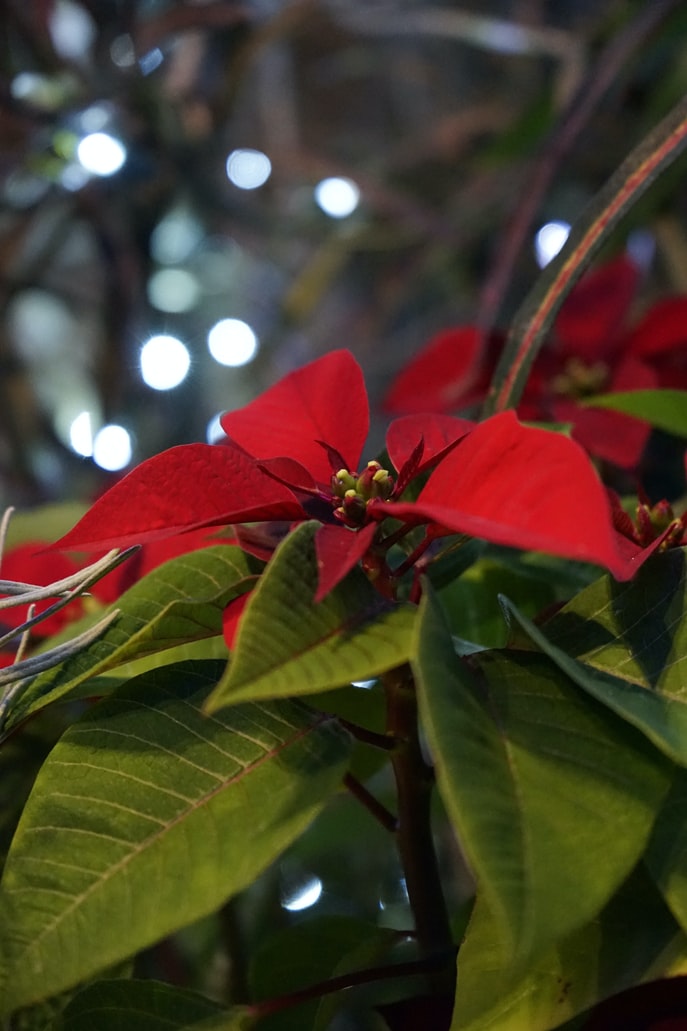
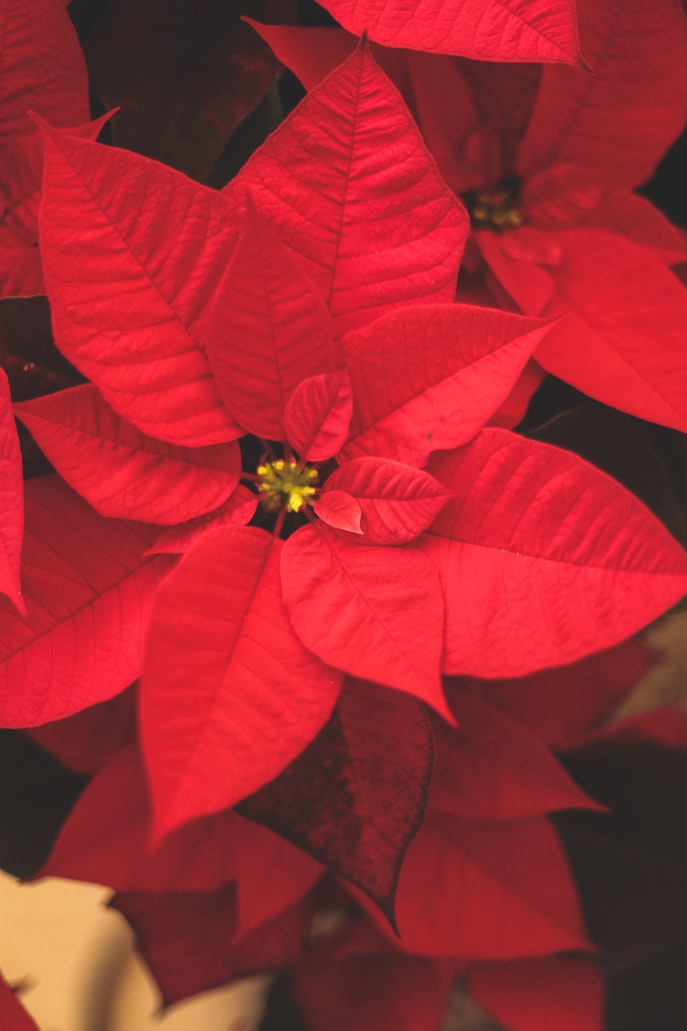
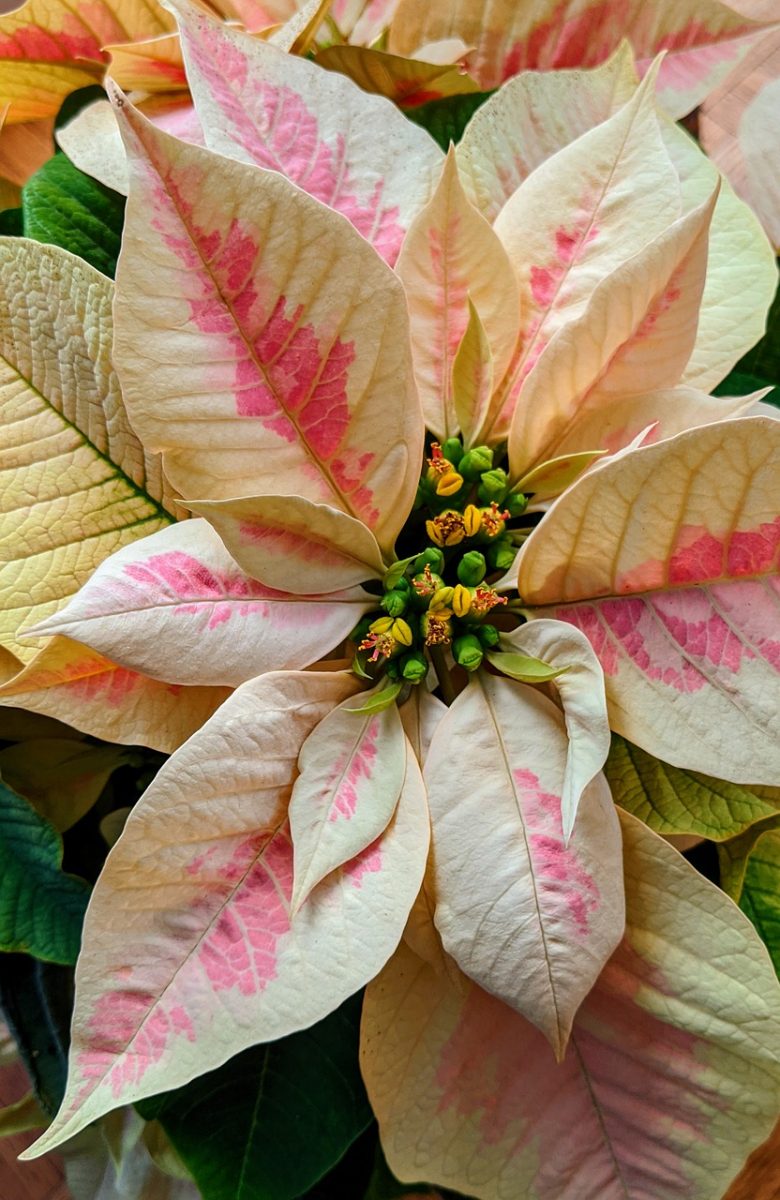
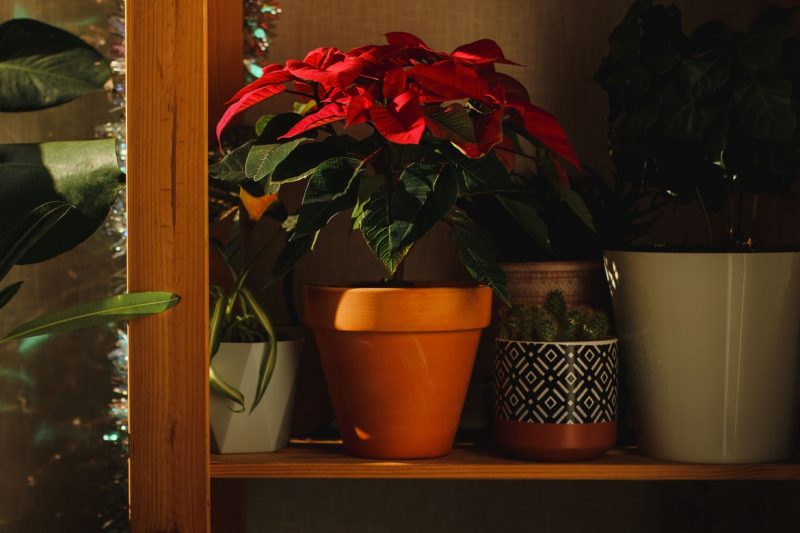
How to choose the plant
When purchased, the plant must be vigorous, compact, proportionate, and without withered or yellowed leaves. The bracts should be evenly colored, with no green edges.
Requirements for environmental factors
Temperature. Euphorbia prefers values between 15 and 25° C. During flowering, it is recommended to place it at lower temperatures (12-15° C), to prolong the life of the bracts.
Light. It prefers bright places, but away from direct sunlight.
Watering. Watering should be done with water at room temperature, at the base of the plant, not in the drain tray. The substrate should be permanently maintained damp, avoiding excessive or insufficient humidity. Avoid watering with calcareous (high pH) or cold water.
Substrate. Euphorbia prefers porous soil, made of peat and sand, with a pH of 6-6.5.
Recommended products
-
You can find products on a different store
Change Store -
You can find products on a different store
Change Store -
You can find products on a different store
Change Store -
You can find products on a different store
Change Store -
You can find products on a different store
Change Store -
You can find products on a different store
Change Store -
You can find products on a different store
Change Store -
You can find products on a different store
Change Store -
You can find products on a different store
Change Store -
You can find products on a different store
Change Store -
You can find products on a different store
Change Store -
You can find products on a different store
Change Store -
You can find products on a different store
Change Store -
You can find products on a different store
Change Store -
You can find products on a different store
Change Store -
You can find products on a different store
Change Store -
You can find products on a different store
Change Store -
You can find products on a different store
Change Store -
You can find products on a different store
Change Store -
You can find products on a different store
Change Store -
You can find products on a different store
Change Store -
You can find products on a different store
Change Store -
You can find products on a different store
Change Store -
You can find products on a different store
Change Store
Location. Euphorbia prefers bright spaces, away from heat sources and drafts (windows, doors).
Fertilization. It is recommended to apply fertilizers 1-2 times a month, during the vegetative growth and flowering and you should stop during the dormancy period. The lack of microelements such as molybdenum, boron, iron can cause the appearance of spots on the leaves.
Recommended products
-
You can find products on a different store
Change Store -
You can find products on a different store
Change Store -
You can find products on a different store
Change Store -
You can find products on a different store
Change Store -
You can find products on a different store
Change Store -
You can find products on a different store
Change Store -
You can find products on a different store
Change Store -
You can find products on a different store
Change Store -
You can find products on a different store
Change Store -
You can find products on a different store
Change Store -
You can find products on a different store
Change Store -
You can find products on a different store
Change Store -
You can find products on a different store
Change Store -
You can find products on a different store
Change Store -
You can find products on a different store
Change Store -
You can find products on a different store
Change Store -
You can find products on a different store
Change Store -
You can find products on a different store
Change Store -
You can find products on a different store
Change Store -
You can find products on a different store
Change Store -
You can find products on a different store
Change Store -
You can find products on a different store
Change Store -
You can find products on a different store
Change Store -
You can find products on a different store
Change Store
Propagation. It is done through cuttings from the tips of the more vigorous stems. The cutting should be done through a knot. To stop the latex from leaking, the cuttings must be kept in warm water for a few minutes, after which they should be placed for a few days (3-8 days) in a shady place, to heal the wound. After healing, the cuttings root in a substrate made of peat and sand. After this period a rooting stimulator can be applied.
Recommended products
-
You can find products on a different store
Change Store -
You can find products on a different store
Change Store -
You can find products on a different store
Change Store -
You can find products on a different store
Change Store -
You can find products on a different store
Change Store -
You can find products on a different store
Change Store -
You can find products on a different store
Change Store -
You can find products on a different store
Change Store -
You can find products on a different store
Change Store -
You can find products on a different store
Change Store -
You can find products on a different store
Change Store -
You can find products on a different store
Change Store -
You can find products on a different store
Change Store -
You can find products on a different store
Change Store -
You can find products on a different store
Change Store -
You can find products on a different store
Change Store -
You can find products on a different store
Change Store -
You can find products on a different store
Change Store -
You can find products on a different store
Change Store -
You can find products on a different store
Change Store -
You can find products on a different store
Change Store -
You can find products on a different store
Change Store -
You can find products on a different store
Change Store -
You can find products on a different store
Change Store
Recommended products
-
You can find products on a different store
Change Store -
You can find products on a different store
Change Store -
You can find products on a different store
Change Store -
You can find products on a different store
Change Store -
You can find products on a different store
Change Store -
You can find products on a different store
Change Store -
You can find products on a different store
Change Store -
You can find products on a different store
Change Store -
You can find products on a different store
Change Store -
You can find products on a different store
Change Store -
You can find products on a different store
Change Store -
You can find products on a different store
Change Store -
You can find products on a different store
Change Store -
You can find products on a different store
Change Store -
You can find products on a different store
Change Store -
You can find products on a different store
Change Store -
You can find products on a different store
Change Store -
You can find products on a different store
Change Store -
You can find products on a different store
Change Store -
You can find products on a different store
Change Store -
You can find products on a different store
Change Store -
You can find products on a different store
Change Store -
You can find products on a different store
Change Store -
You can find products on a different store
Change Store
Recommended products
-
You can find products on a different store
Change Store -
You can find products on a different store
Change Store -
You can find products on a different store
Change Store -
You can find products on a different store
Change Store -
You can find products on a different store
Change Store -
You can find products on a different store
Change Store -
You can find products on a different store
Change Store -
You can find products on a different store
Change Store -
You can find products on a different store
Change Store -
You can find products on a different store
Change Store -
You can find products on a different store
Change Store -
You can find products on a different store
Change Store -
You can find products on a different store
Change Store -
You can find products on a different store
Change Store -
You can find products on a different store
Change Store -
You can find products on a different store
Change Store -
You can find products on a different store
Change Store -
You can find products on a different store
Change Store -
You can find products on a different store
Change Store -
You can find products on a different store
Change Store -
You can find products on a different store
Change Store -
You can find products on a different store
Change Store -
You can find products on a different store
Change Store -
You can find products on a different store
Change Store
In addition
- Leaf drop can be caused by the transition from low to high temperatures or vice versa
High temperatures coupled with dry air can also cause leaf drop or faster flower ageing.
Excess water is one of the reasons why the Christmas star may lose its leaves. Insufficient water causes wilting.














































































































































































































































































































































































































































